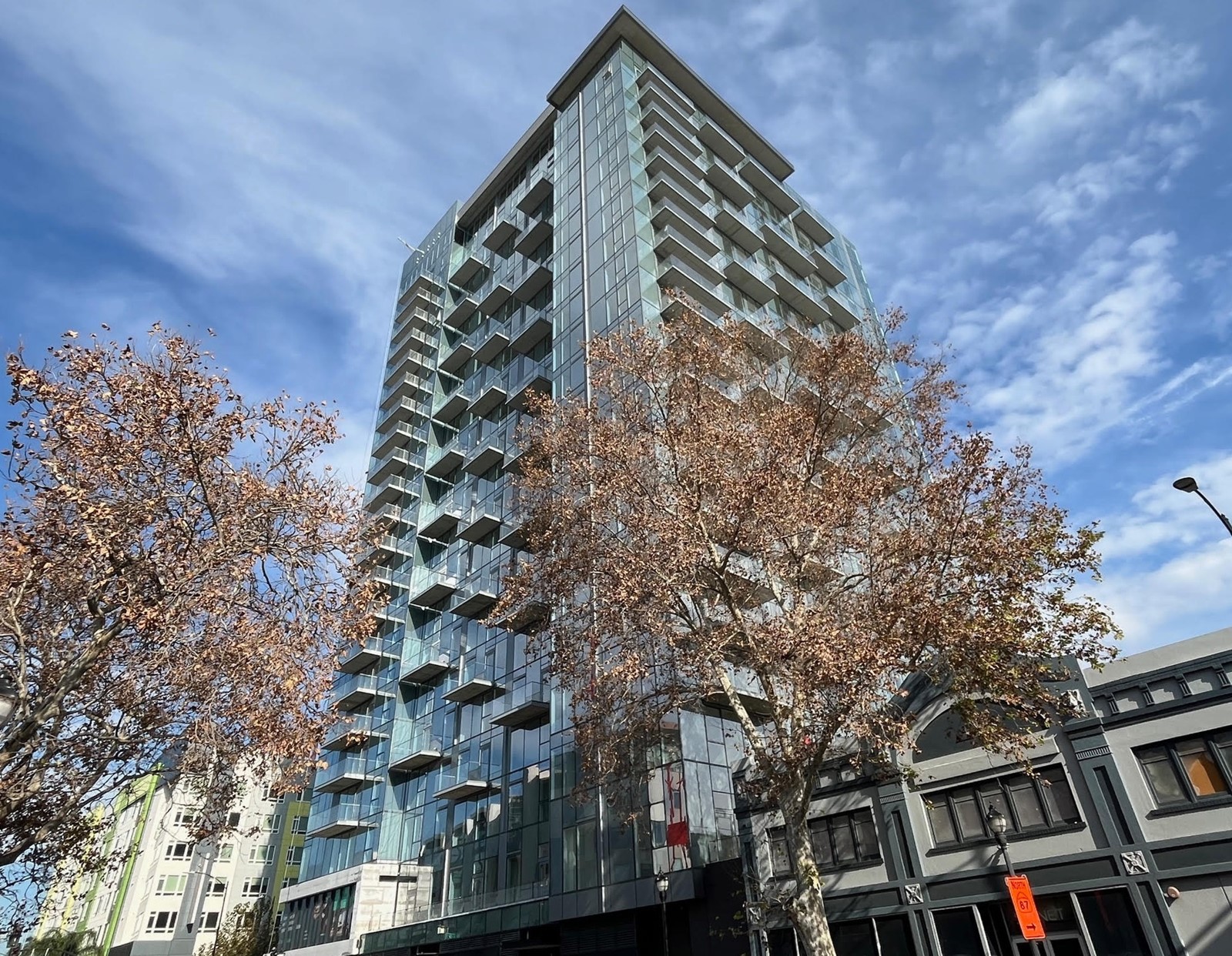
SAN JOSE — A downtown San Jose housing tower with well over 300 units is in default on a $182.5 million construction loan, according to county records.
The Fay, a 23-story apartment building at the corner of South First Street and East Reed Street in the trendy SoFA district, is in default on the loan, documents filed July 1 with the Santa Clara County Recorder’s Office show.
Perched next to Interstate 280 at 10 E. Reed St., the 363-unit apartment building is a prominent tower at one of the key gateways to downtown. When The Fay formally opened its doors in December, the building’s owners and San Jose officials expressed hope that the tower’s tenants would help inject additional vibrancy into the area.
The loan default now raises the specter that a new owner could wind up with the building, as the lender might seek to foreclose the loan and put the property up for auction or seize the tower to satisfy the loan delinquency.
In 2020, the property’s owner, an affiliate of residential developer Scape, bought the development site for $16.5 million.
In 2021, Scape, an England-based real estate firm, obtained a loan from a Madison Realty Capital affiliate to finance construction of the residential tower, county records show. Murro, a Scape brand, developed the tower.
In late 2024, the building was completed and residents began moving into The Fay, which commands spectacular views of San Jose and the Santa Clara Valley at its upper floors.
The official notice of default filing said that the Scape affiliate owed $189.9 million as of June 30. In loan default cases, interest, late fees and penalties could cause the amount owed to exceed the amount of the original financing.
The loan default is a reminder that economic maladies continue to afflict the Bay Area’s apartment, office, hotel and retail sectors to varying degrees.
Apartment property loan defaults and foreclosures have become particularly acute in the East Bay. Lenders have seized multiple apartment buildings to satisfy delinquent loans.
The struggles of the apartment market could lead to fading values for these types of properties, a problem that haunts other segments of the commercial real estate market, such as office buildings and hotels.


 PREVIOUS ARTICLE
PREVIOUS ARTICLE
